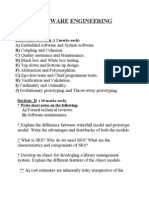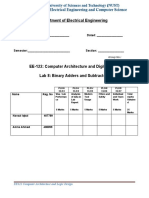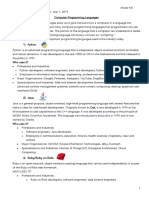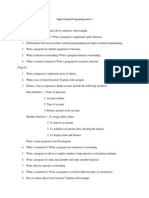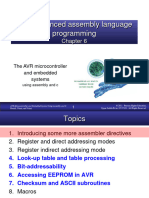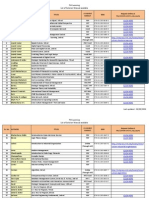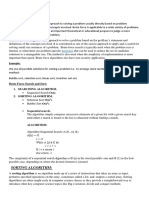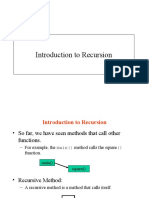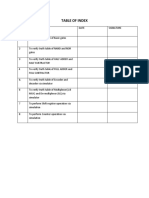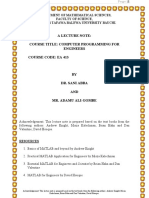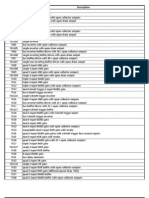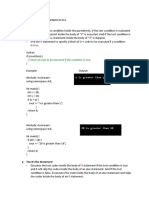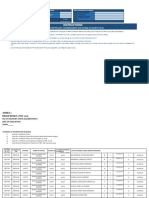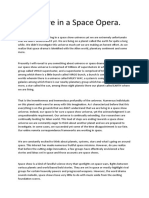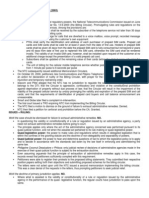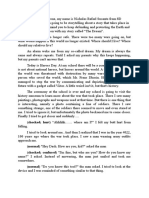0% found this document useful (0 votes)
173 views13 pagesC++ Conditional Statements Guide
This document summarizes selection statements in C++ including if, if/else, else if, nested if, and switch statements. It provides examples of each statement type and how they are used for decision making based on conditional expressions. Key points covered include the basic syntax and structure of each statement, using blocks for grouping statements, and nesting statements for multi-level decisions. Examples provided demonstrate how to read input values and print outputs based on conditional logic.
Uploaded by
منهاج الحياةCopyright
© © All Rights Reserved
We take content rights seriously. If you suspect this is your content, claim it here.
Available Formats
Download as PDF, TXT or read online on Scribd
0% found this document useful (0 votes)
173 views13 pagesC++ Conditional Statements Guide
This document summarizes selection statements in C++ including if, if/else, else if, nested if, and switch statements. It provides examples of each statement type and how they are used for decision making based on conditional expressions. Key points covered include the basic syntax and structure of each statement, using blocks for grouping statements, and nesting statements for multi-level decisions. Examples provided demonstrate how to read input values and print outputs based on conditional logic.
Uploaded by
منهاج الحياةCopyright
© © All Rights Reserved
We take content rights seriously. If you suspect this is your content, claim it here.
Available Formats
Download as PDF, TXT or read online on Scribd
/ 13

















